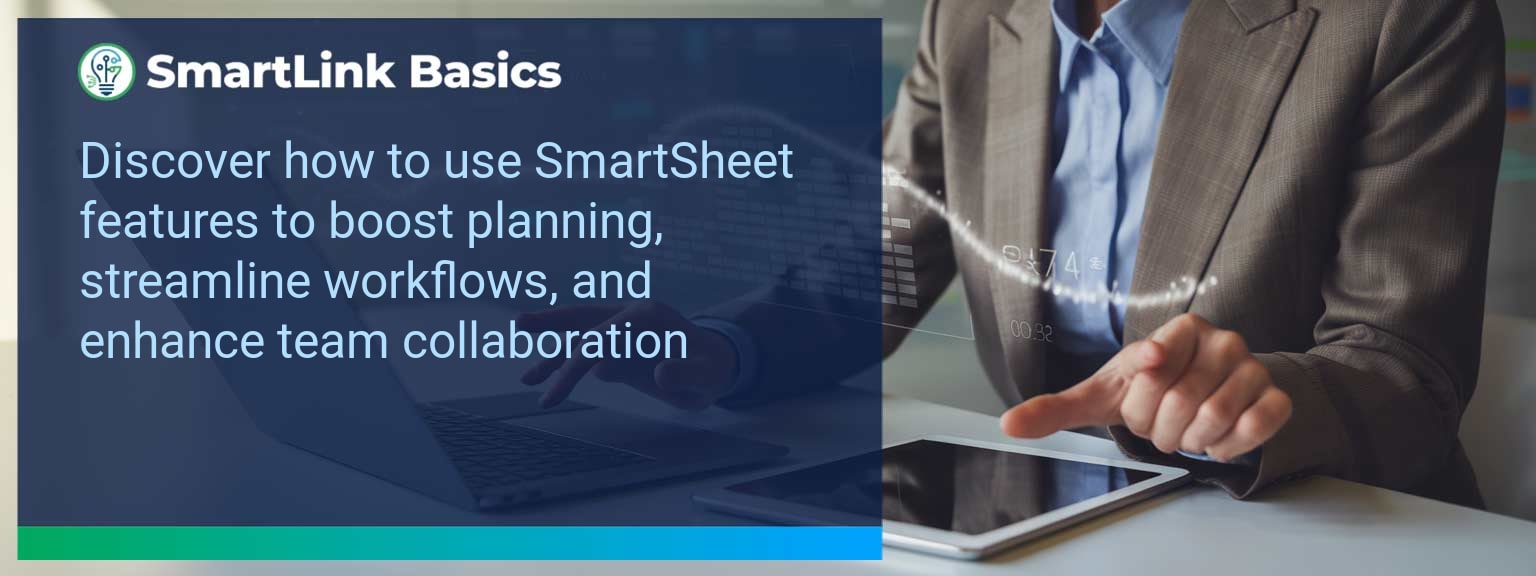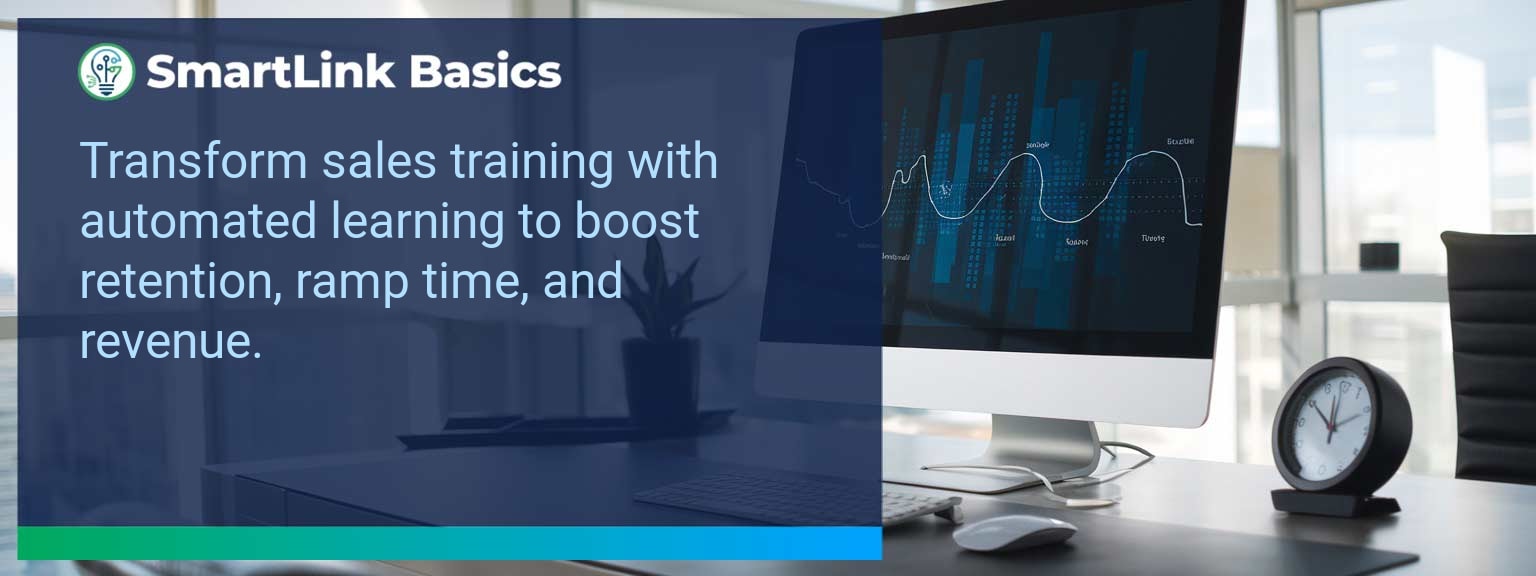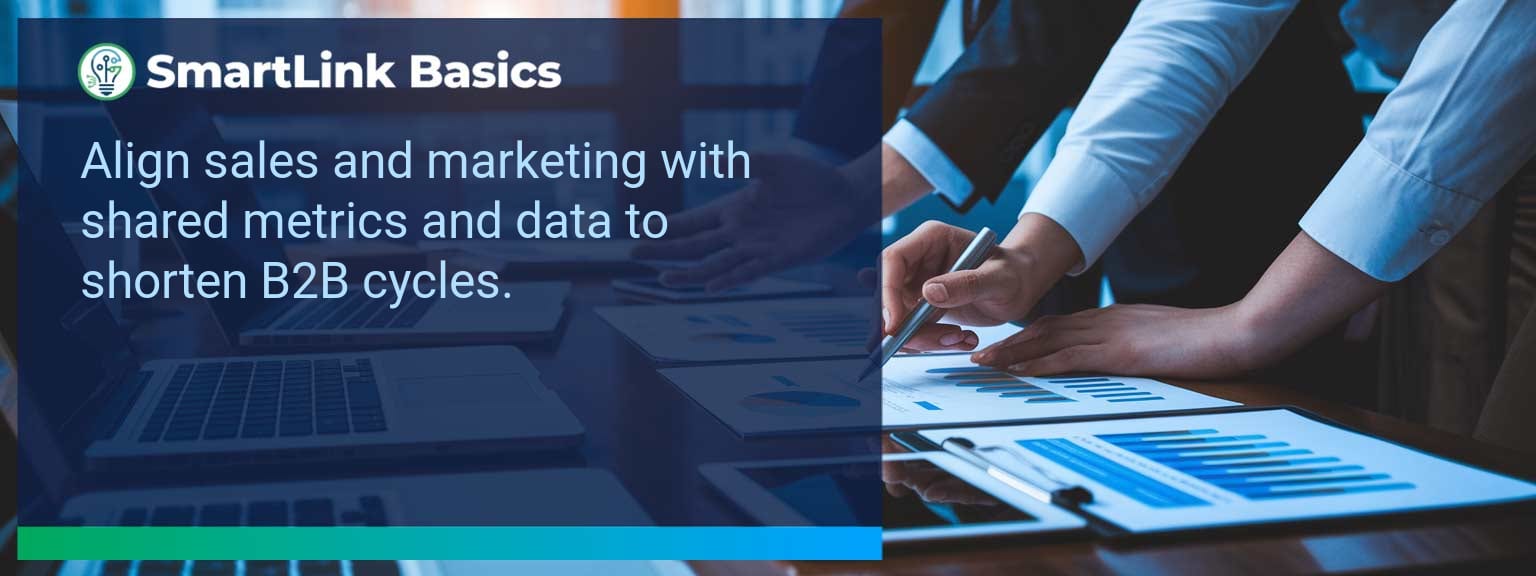According to Gartner, organizations that integrate advanced project management tools improve delivery timelines by up to 28%. SmartSheet advanced features provide a level of control, automation, and integration that sales leaders and project managers increasingly need to meet aggressive targets. At SmartLink Basics, we view these capabilities as critical enablers for AI-driven sales operations and precise execution in dynamic conditions.
This guide will outline the most impactful SmartSheet capabilities for structured project planning, efficient workflow automation, and higher-quality collaboration outcomes. You will learn which tools to deploy, how to refine processes, and how to track measurable improvements with data-backed accountability. The focus is on actionable, proven methods that align with leadership priorities and deliver tangible results.
- Organize complex projects with SmartSheet’s advanced views and dashboards
- Use automated workflows to reduce manual updates
- Integrate with CRM and BI tools for unified reporting
- Empower teams with real-time collaboration and permission controls
- Measure performance with structured metrics and review cycles
Identifying Limitations In Basic Project Planning Methods
Basic project planning often relies on static spreadsheets or incomplete task tracking tools. These lack integrated collaboration, cross-platform visibility, and the capacity to adapt quickly when priorities shift. Without centralized data, decision-making suffers and accountability is diluted. For example, a sales organization tracking campaigns in isolated spreadsheets may miss opportunity timing because team members cannot see real-time updates on dependencies. This results in misalignment between marketing, sales, and operations. SmartSheet advanced features address these gaps by integrating data sources, enabling dynamic task linking, and providing robust reporting dashboards. Leaders should start by mapping the inefficiencies in their current process and matching them to platform capabilities.Leveraging Automation And Integrations For Efficiency
Automation eliminates repetitive work and reduces human error, freeing time for higher-value activities. In SmartSheet, automated workflows can send reminders, update statuses, and trigger alerts across teams. Integration with CRM or business intelligence tools ensures that project data aligns with revenue performance metrics. A relevant example is linking SmartSheet to Salesforce so that lead-generation campaigns automatically update project boards when deal stages change. This creates a synchronized operational rhythm without manual intervention. Leaders should identify manual data transfers and approval processes to target for automation first, then scale integrations where ROI is quantifiable.Achieving Better Outcomes With Enhanced Collaboration
Effective collaboration requires more than shared access—it needs structured communication and transparent responsibilities. SmartSheet collaboration tools enable threaded discussions tied directly to tasks, permission-based document sharing, and customizable access levels. For instance, setting up role-specific filters ensures that field reps only see the tasks relevant to their territory, while managers access the full pipeline. This reduces noise and enhances focus. Actionable step: Define a SmartSheet governance model with ownership guidelines, communication protocols, and feedback loops to maintain alignment.Innovations Shaping The Next Phase Of Project Management
Emerging AI features in SmartSheet are improving predictive analytics and resource forecasting. By combining historical data with real-time inputs, teams can anticipate bottlenecks before they materialize. As machine learning models mature, expect deeper integration between project management software, workflow automation, and sales enablement platforms—creating a single operational source of truth. Leaders should pilot AI-assisted scheduling and risk scoring now to prepare for broader adoption when predictive project planning becomes the norm.Metrics That Matter
| Category | Metric | Definition | Target |
|---|---|---|---|
| Leading | Task Completion Rate | Percentage of assigned tasks completed by due date | 90%+ |
| Lagging | Project Delivery Time | Total duration from project start to completion | Within planned schedule |
| Quality | Stakeholder Satisfaction | Average satisfaction score from project review surveys | 8/10 or higher |
Get the 90-day plan, coaching rubric, and dashboard template to operationalize AI in your enablement program.









